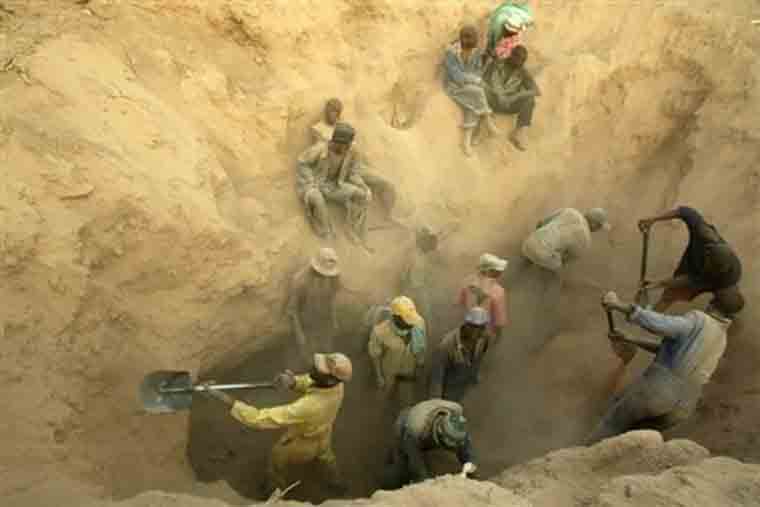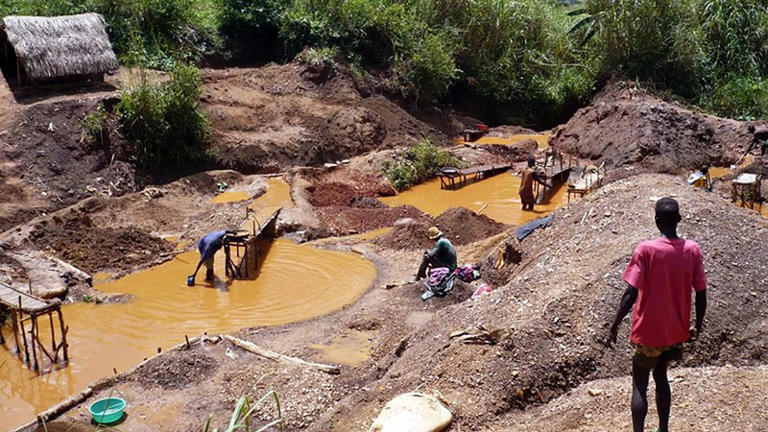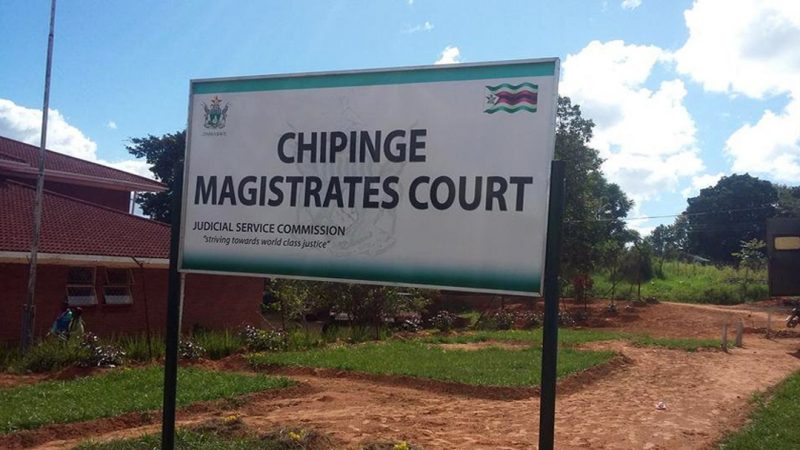HARARE – A shock plan by the Zimbabwe Consolidated Diamond Company (ZCDC) to open up Chiadzwa diamond fields to artisanal miners is a “public relations exercise” not rooted in policy, says the chairman of the Parliamentary Portfolio Committee on Mines and Energy, Temba Mliswa.
The plan to informalise mining operations in the diamond-rich Marange district in Manicaland province was announced by the ZCDC CEO Morris Mpofu this week.
“We’re considering ring-fencing our alluvial fields to accommodate local villagers to come and officially register to do artisanal mining,” Mpofu told state media.
“We want to ensure that whatever they find, they will sell to the government through ZCDC rather than on the black market and they will be paid for that.”
Mliswa told ZimLive the pronouncements had caught them by surprise.
“We’re waiting for the government to present its diamond policy, and the comments by Mpofu strike me as nothing more than a public relations exercise. If it’s policy, it has to be contained in that diamond policy that’s coming before parliament in the next two weeks,” Mliswa said.
Mining experts say the move could potentially spark a new diamond rush and illegal activities not seen since the diamonds were discovered in September 2006.
The 2006 diamond rush saw powerful politicians employing diggers, while soldiers used local villagers for forced labour.
The government eventually cleared the artisanal miners in a brutal crackdown and brought in big companies who operated in the area in partnership with the government.
The miners, including Mbada, Anjin and Marange Resources were however stripped of mining rights by then President Robert Mugabe’s government in 2016 following a move to nationalise the diamond mines. Mugabe had complained that diamond revenues were not making it into state coffers.
Some of the companies were forced into a merger that created ZCDC, while others resisted the move and took the government to court.
Mbada Diamonds and Anjin have sued the government in the High Court. The court ruled twice in their favour, but their licences have not been renewed.
A mining expert who spoke to this website said the lack of production at Chiadzwa created by the stand-off between the government and the displaced mining companies was not helping anyone. Instead, he said, the government should bring back the miners who have the capacity.
“We had various companies operating in Marange such as Mbada Diamonds that were contributing something to the fiscus and it only makes sense to bring them back and help in turning around the country’s waning economic fortunes,” said the mining expert.
“It might require new agreements to be made to ensure accountability, but there’s simply no substitute for organised and mechanised mining.”
A recent report by the Parliamentary Portfolio Committee on Mines and Energy revealed that ZCDC was not adequately capitalised, necessitating that the displaced miners be allowed to resume operations.
“The Minister of Mines needs to ensure that property rights of investors in the mining sector are respected in order to build confidence that Zimbabwe is an investment friendly destination. Furthermore, companies that lost their properties as a result of consolidation should be compensated,” the report added.
This was after the committee had observed that ZCDC had no machinery and equipment and in most cases resorted to hiring equipment.
“It is inadequate for ZCDC to borrow from local financial institutions given the high interest rates. ZCDC has to scout for investors but there’s low investor confidence after the ouster of the joint venture partners,” the Parliamentarians wrote.

The report further indicated that the diamond industry in Zimbabwe needs support from strong and consistent policies.
“This should be buttressed by the observance of good corporate governance principles by the implementers of these policies and laws. In that way, Treasury and the country will be able to experience positive socio-economic returns from the diamond industry as being experienced in neighbouring countries.”
















